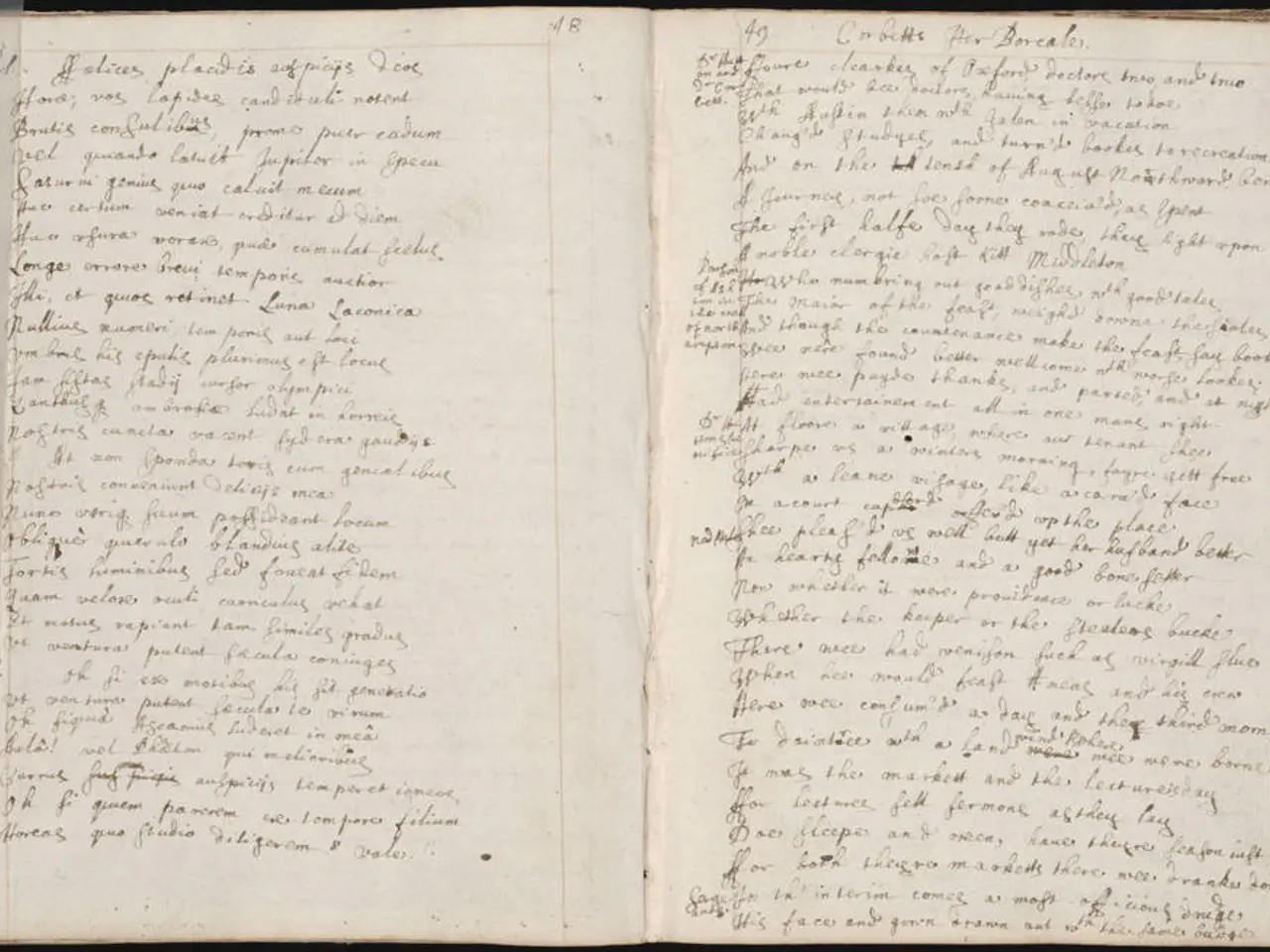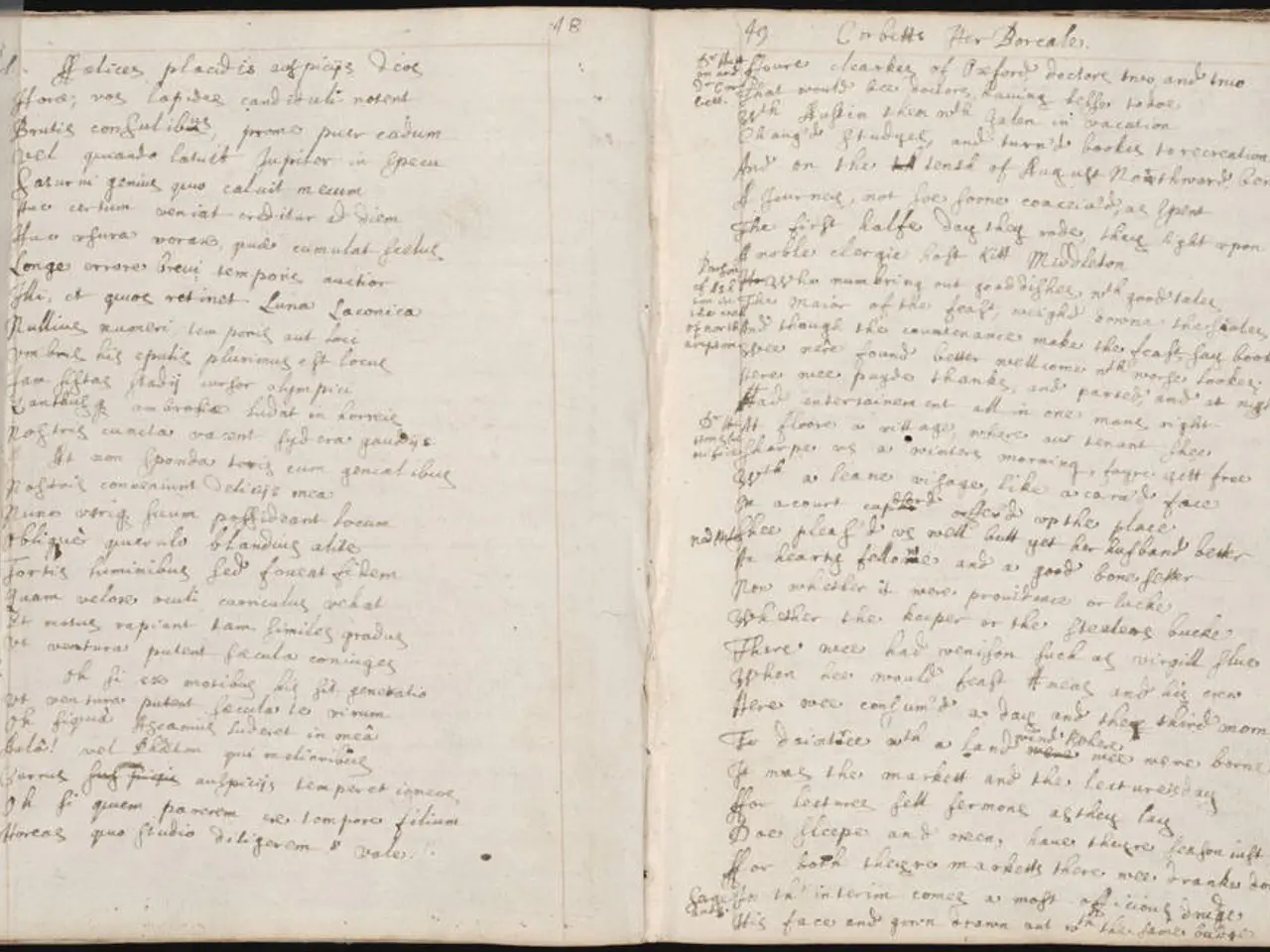Transforming Story Structures through Reflection
======================================================================================
In the realm of storytelling, a technique known as the Mirror structure has emerged as a powerful tool for creating coherent and engaging narratives. This approach emphasizes the importance of completing the narrative arc in a way that fulfills the expectations set up for the reader or audience.
The Mirror structure, while not explicitly labelled as such, aligns with classical story structure principles. It involves finishing what you start, resolving character relationship questions, and fulfilling promises made throughout the story.
Finishing what you start means that if a conflict, mystery, or goal is introduced, the story must bring these to a conclusion rather than leaving them unresolved. This avoids frustrating the audience with loose ends.
Resolving character relationship questions means any tensions, alliances, betrayals, or emotional developments between characters raised during the story need to have a meaningful conclusion—showing change, growth, or a definitive outcome.
Fulfilling promises to readers involves delivering on the implicit or explicit expectations the story creates, whether through foreshadowing, setup scenes, or genre conventions. Readers expect the narrative to honor the story’s internal logic and thematic agreements.
For instance, in J.R.R. Tolkien's "Lord of the Rings," the relationship between Frodo, Sam, and Gollum evolves over the course of the story, with Gollum stealing the ring from Frodo and falling into Mount Doom being a culmination of this changing relationship. This event not only resolves the central conflict of the story but also showcases the growth and change in the characters.
The Mirror structure specifically can be seen as a deliberate structural technique to reflect or "mirror" earlier story elements in the conclusion for completeness and thematic resonance.
This Mirror approach is crucial in maintaining narrative coherence and reader engagement, ensuring that the story feels whole instead of fragmented or incomplete.
When writing, it's essential to identify the promises made, the order of started stories, and the relationships being explored. Then, one should strive to finish what was started, providing a satisfying narrative experience to the reader.
The author of this article, S.E. Jones, is a writer and paramedic living in London. When not writing or working, S.E. Jones enjoys reading. This article is a guest post contributed by S.E. Jones.
[1] Classical Story Structure Principles [2] The Concept of Mirror Structure in Storytelling (Unnamed Source)
- The process of writing a story, following the Mirror structure, encompasses the practice of education-and-self-development as it requires identifying the promises made, the order of started stories, and the relationships being explored, with the ultimate goal of completing and fulfilling those promises by providing a satisfying conclusion for the reader.
- When engaging with the Mirror structure in storytelling, learning is an integral aspect as it necessitates understanding classical story structure principles, which involve finishing what you start, resolving character relationship questions, and fulfilling promises made throughout the story, for the purpose of creating engaging narratives with coherent, thematic resonance.




